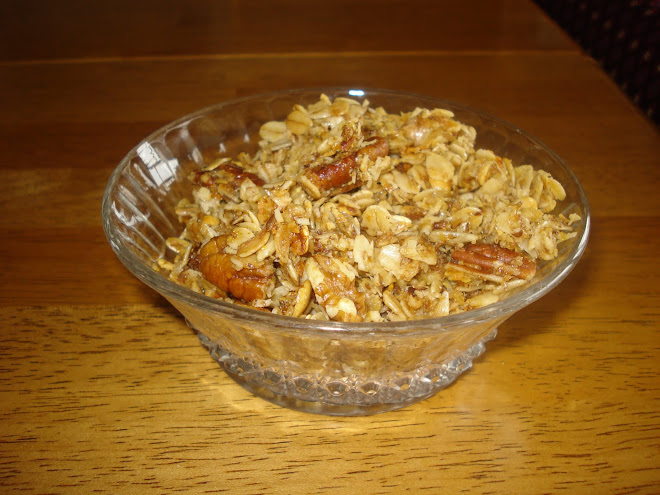

My friend Chelle, who doesn't cook but says that reading this blog at least inspires her to think about cooking, came by the other evening while I was making a cake. She endured my diatribe about sifting and measuring flour correctly and kindly assisted my baking effort. The event that precipitated this notion to bake a cake was a staff dinner "potluck style" that was scheduled at my school. I don't usually bake cakes. I like them just fine, but I think of cake as sin on a fork. It's not good for you in any way but sometimes you find yourself wanting it anyway.
The vision of a potluck lunch on Friday fairly sustained me this week. The menu was centered around homemade tacos and we were all to bring anything else to round out (pun intended) the meal. Oh what a sweet deal for a teacher on a Friday in April! This occasion got me thinking about the potluck experiences I have had. Potlucks are a fond memory as we had many in the Mennonite churches I grew up attending. And since my dad was usually a pastor, we were expected to go. If not, who would bless the food? We sent up our own prayer that his prayer would be short so we could eat. Potluck lunches meant many things to children: more time with friends, no table to set, no dishes to wash, but most importantly, a chance to ditch your parents and fill your plate with fried chicken legs, rolls, and 4 kinds of cake. No green space on the plate brought popular acclaim at the kids' table.
We would start at one end of the table, tray with dividers in one hand, rolled up silverware in another and survey the goods. I was always on the lookout for the crispiest fried chicken. Next came the potatoes, scalloped in twelve different ways. Rolls in the middle of the table. A small smattering of salads followed. Then came the jello. What was the deal with jello in the 70's and 80's anyway? Holy cow, there was a lot of table space wasted on that fraudulent dish. Green jello with pears (bad idea), orange jello with shredded carrots (are you KIDDING me?) and cherry with whipped cream (palatable). As a denomination, I believe we have "seen the light" regarding jello. I haven't found the dastardly product on a Mennonite table for quite some time. The desserts followed and they were plentiful: pies, cupcakes, cookies, and cakes galore. Which begs the question, which came first, the potluck or the pot belly?
Perhaps this background information explains my decision to make a cake. At any rate, I found a recipe that sounded delicious and it proved to be so. It was shared with my colleagues at our version of the potluck lunch. I present it to you now and urge it you to try it for a special occasion. It really is so nice and fluffy but still heavy enough to be a respectable cake.
Cream Almond Cake
1 cup shortening (I used half shortening and half oil)
1 1/2 cups sugar
3 cups cake flour (I really used cake flour)
1/2 tsp salt
2 tsp baking powder
1 cup milk (I used 3/4 milk, 1/4 cream)
5 egg whites
1 tsp almond extract
Cream shortening. Add sugar gradually and beat until fluffy.
Sift flour and add salt and baking powder.
Add dry ingredients alternately with milk and flavoring.
Beat thoroughly after each addition.
Fold in stiffly beaten egg whites.
Bake at 350 for 30 minutes.
Topped with cream cheese frosting, I thought it was just terrific.
Recipe adaped from Grandma's copy of The Mennonite Community Cookbook (1950).
I hope there is a potluck in your near future,
~Ellen~


















